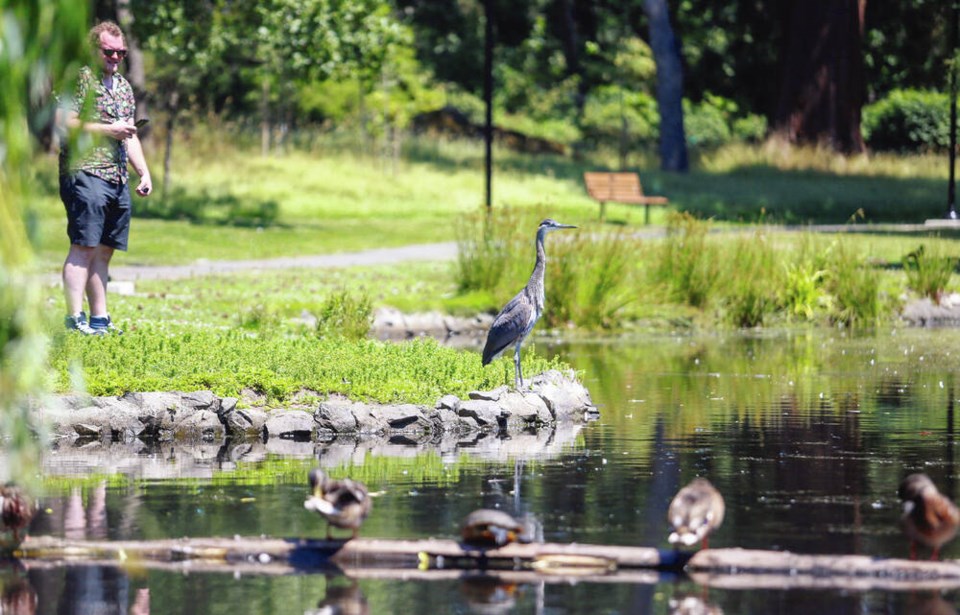In November 2021, the City of Ottawa completed the process of revising its official plan. My attention was drawn to Ottawa’s plan through a recent news posting by the Canadian Public Health Association, which focused on the role of public health in the development of the new plan.
In Ontario, but sadly not in the rest of Canada any longer, public health is still located in municipal government, making it easier for Ottawa Public Health to co-locate two of its staff in the city’s planning department for three years — which is quite a commitment. The goal was to have the city’s new official plan rooted in a framework that creates healthy, inclusive and resilient communities.
The success of this strategy can be seen in the presence in the new official plan of an entire section on protection of health and safety. Included in this section are policies to prevent injury, loss of life and property damage; minimize incompatible land-uses; build resiliency to the impacts of extreme heat; and enhance personal security through design.
Now it may come as a surprise to some, perhaps many, that public health would play a role in urban planning. But it ought not to. There is a long history, dating back to the mid-19th century in Britain, and to 1912 in Canada, of such involvement. Indeed, in many ways, the roots of urban planning were in concern for the health and well-being of city-dwellers.
Building codes, for one thing, are mostly about health and safety, ensuring that buildings don’t fall down or catch fire, that they are adequately ventilated, have sanitation facilities and so on. Zoning policies were initially all about separating dwelling places from noxious industries, while parks were seen as the “lungs of the city.”
Indeed, as far back as 1875, in a published lecture called Hygeia: A City of Health — one of the inspirations for my work in this area — the Victorian public health leader Sir Benjamin Ward Richardson described a city in many ways like those we strive to build today. Of course, today’s problems are not quite the same as those in Victorian Britain, but at the same time, they are not that different: How do we create urban environments that are healthy and safe for people?
The City of Ottawa’s goal is to become “the most livable mid-sized city in North America,” with “livability” encompassing sustainability, social cohesion, economic vitality and the health and well-being of residents.
The new official plan includes five Big Policy Moves: achieve more growth by intensification than by greenfield development; ensure that by 2046 the majority of trips are made by sustainable transportation (walking, cycling, transit or carpooling); create stronger, more inclusive and more vibrant neighbourhoods and villages; recognize the importance of healthy natural and built environments and encourage the evolution of “15-minute neighbourhoods,” and embed economic development into the framework of the planning policies.
Many of the key concepts in Ottawa’s new Official Plan closely parallel work here in Victoria in which I am involved. Livable Victoria, which was launched on June 2, is an informal and non-partisan “group of people who share a passion for making our region a more sustainable, vibrant, healthy, and inclusive place to live.”
Our members include affordable housing, tenant protection and accessibility advocates, small-scale developers, an architect, an engineer, a planner, a transport policy expert, community safety experts and, of course, a healthy city expert — me.
Our aim is to help foster more thoughtful dialogue, advocate for positive change, and encourage bold leadership during this year’s municipal election.
To this end, we are proposing “5 Big Ideas” focused on Greater Victoria’s built environment. As we get closer to local elections, we will host events, highlight candidates who share our vision, and provide resources for building more livable communities.
The 5 Big Ideas are to scale up and facilitate the rapid development of social housing across the region; build an abundance of housing and implement policies to promote affordability; plan neighbourhoods for sustainability and human well-being, while respecting the planet’s ecological boundaries; invest in cycling, transit and pedestrian infrastructure; and minimize building waste, energy consumption and greenhouse gas emissions.
You can learn more at livablevictoria.ca.
Dr. Trevor Hancock is a retired professor and senior scholar at the University of Victoria’s School of Public Health and Social Policy



